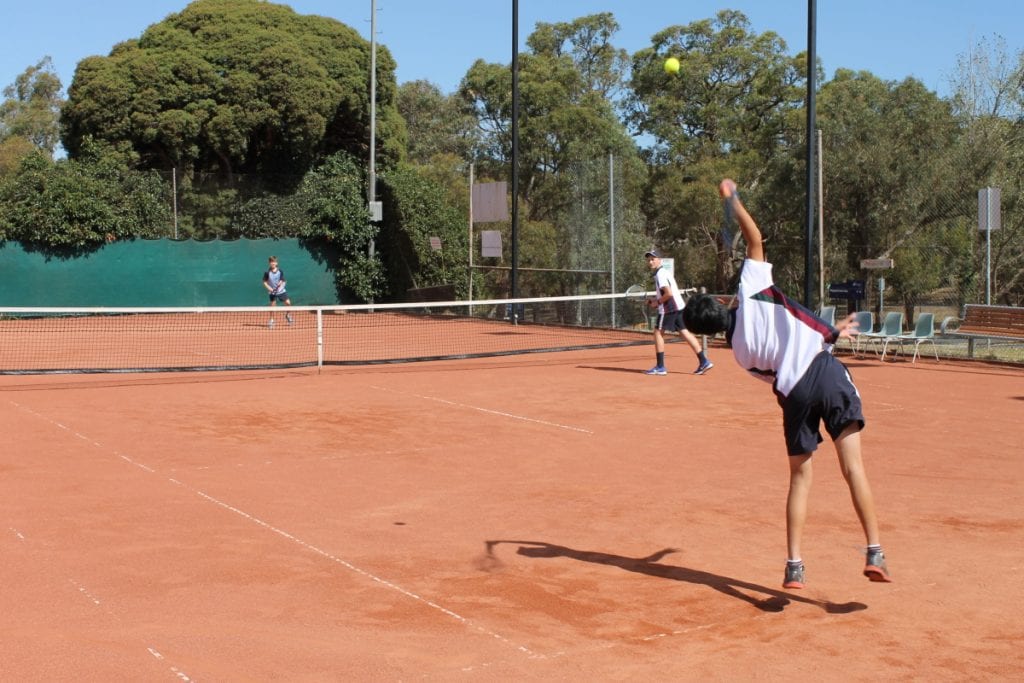Child Protection Reporting Obligations
Introduction
Protection for children and young people is based upon the belief that each person has the right to feel safe and that the inherent dignity of all should be recognised and fostered.
EISM staff have a duty of care to students by taking reasonable care to avoid acts or omissions which they can reasonably foresee would be likely to result in harm or injury to the student and to work for the positive wellbeing of the child
Procedures
Children, Youth and Families Act 2005 (Vic.)
- Mandatory Reporting Mandatory reporting is a legal requirement under the Children, Youth and Families Act 2005 (Vic.) (Act). School personnel mandated under this Act who, in the course of carrying out their duties, form a reasonable belief that a child is in need of protection from physical, emotional, psychological, developmental harm or sexual abuse, and that the child’s parents are unwilling or unable to protect the child, must report that belief to DHHS Child Protection and the grounds for it as soon as possible after forming the belief. Subsequent reports must be made on each occasion on which the mandatory reporter becomes aware of further reasonable grounds for the belief.
- Forming a ‘reasonable belief’ When staff are concerned about the safety and wellbeing of a child or young person, they must assess that concern to determine if a report should be made to the relevant agency. This process of considering all relevant information and observations is known as forming a ‘reasonable belief’. A ‘reasonable belief’ is not the same as having proof but is more than rumour or speculation. A ‘reasonable belief’ is formed if a reasonable person in the same position would have formed the belief on the same grounds. For example, a ‘reasonable belief’ might be formed if:
- a child states that they have been physically or sexually abused
- a child states that they know someone who has been physically or sexually abused (sometimes the child may be talking about themselves)
- someone who knows a child states that the child has been physically or sexually abused
- a child or young person exhibits sexually‐abusive or age‐inappropriate behaviours
- signs of abuse lead to a belief that the child has been physically or sexually abused.
- Types of child abuse and indicators of harm There are many indicators of child abuse and neglect. The presence of indicators does not prove that abuse or neglect has occurred. However, the repeated occurrence of these indicators should alert staff to the possibility of child abuse and neglect. While any indicators of possible child abuse or neglect are concerning, it is important to know which indicators must be reported.
It is mandatory to report concerns relating to:
- physical abuse
- sexual abuse.
While not mandated, making a report to DHHS Child Protection may also be needed for:
- emotional abuse
- neglect
- medical neglect
- family violence
- sexual exploitation (including pornography and prostitution)
- risk‐taking behaviour
- a child or young person exhibiting sexually‐abusive behaviours.
Child Protection is the Victorian Government Agency, provided by the DHHS, that protects children at risk of significant harm. Child Protection has statutory powers and can use these to protect children.
Child FIRST is the Family Information Referral Support Team run by a registered community service in a local area that can receive confidential referrals about a child of concern. It does not have any statutory powers to protect a child but can refer matters to family services.
Reporting child protection concerns
It is essential to document the concerns and observations which contributed to the suspicion that a child is in need of protection. This information may be gathered over a period of time and should be treated confidentially and held securely.
It is recommended – not, however, a requirement – that concerns and observations regarding suspected physical injury or sexual abuse of a child are discussed with the Executive Officer and to ensure support is provided to all involved in matters of this nature. The confidentiality of these discussions must be maintained.
If more than one mandated reporter has formed a belief about the same child on the same occasion, it is sufficient for one professional to make a report. The other is obliged to ensure the report has been made and that all grounds for their own belief were included in the report made by the other staff member.
If one mandated reporter directs another mandated reporter not to make a report, and the one professional continues to hold the belief that a child is in need of protection, then that professional is legally obliged to make a report to Child Protection.
The mandatory reporter may continue to suspect that a child is at risk and in need of protection. Any further observations should continue to be recorded and a report made on each separate occasion where a belief has been formed, on reasonable grounds, that a child is likely to be at risk and in need of protection. If there is any suspicion that this relates to a sexual offence involving an adult and a child under 16 then it must be reported to the police. Refer to Department of Justice and Regulations – Failure to disclose offence and the Betrayal of Trust: Fact Sheet.
Further information can be found in the School Policy & Advisory Guide on the Victorian State Government website: http://www.education.vic.gov.au/school/principals/spag/safety/Pages/childprotection.aspx
2. Crimes Act 1958 (Vic.)
Three new criminal offences have been introduced under the Crimes Act 1958 (Vic.):
- failure to disclose offence, which requires adults to report to police a reasonable belief that a sexual offence has been committed against a child
- failure to protect offence, which applies to people within organisations who knew of a risk of child sexual abuse by someone in the organisation and had the authority to reduce or remove the risk, but failed to do so
- grooming offence, which targets communication with a child or their parents with the intent of committing child sexual abuse.
2.1 Failure to disclose
Any staff member who forms a reasonable belief that a sexual offence has been committed in Victoria by an adult against a child under 16 must disclose that information to police. Failure to disclose the information to police is a criminal offence under section327 of the Crimes Act 1958 (Victoria) and applies to all adults in Victoria, not just professionals who work with children. The obligation is to disclose that information to the police as soon as it is practicable to do so, except in limited circumstances such as where the information has already been reported to DHHS Child Protection.
2.2 Failure to protect
Any staff member in a position of authority who becomes aware that an adult associated with their organisation (such as an employee, contractor, volunteer, sport coach or visitor) poses a risk of sexual abuse to a child under 16 who is in the care or supervision of the organisation must take all reasonable steps to reduce or remove that risk. Failure to take reasonable steps to protect a child in the organisation from the risk of sexual abuse from an adult associated with the organisation is a criminal offence contained in section 49C (2) of the Crimes Act 1958(Vic.).
2.3 Grooming
The offence of grooming prohibits predatory conduct designed to prepare or ‘groom’ a child for future sexual activity and is contained in section 49B (2) of the Crimes Act 1958 (Vic.). The offence applies to communication with children under 16 years. Grooming can be conducted in person or online, for example via interaction through social media, web forums and emails. The offence can be committed by any person aged 18 years or over. It does not apply to communication between people who are both under 18 years of age.
2.4 When to report criminal offences
A reasonable belief that a sexual offence has been committed by an adult against a child under 16. Any adult who forms a reasonable belief that a sexual offence has been committed in Victoria by an adult against a child under 16 must report that information to police.
3. Making a report for mandatory reporting and criminal offences
3.1 Making a report
In case of emergency or if a child is in life‐threatening danger contact Triple Zero (000) or the local police station.
Alternatively, to report concerns about the immediate safety of a child within their family unit to DHHS Child Protection, call the local Child Protection Intake Provider (seeDHHS Child Protection contacts). If after hours call the Child Protection Crisis Line on 13 12 78.
4 Related resources
Department of Education and Training
- Duty of care
- Police and DHHS Interviews
- Responding to Student Sexual Assault
- Requests for Information about Students
- Subpoenas and Witness Summonses
- Flowchart: A step‐by‐step guide to making a report to Child Protection or Child FIRST (PDF ‐ 270Kb)
- Mandatory Reporting eLearning Module.
Related legislation
- Children, Youth and Families Act 2005 (Vic.)
- Crimes Act 1958 (Vic.)
- Education and Training Reform Act 2006 (Vic.)
- Victorian Institute of Teaching Act 2001 (Vic.).
Department of Health and Human Services
- Child Protection
- Child FIRST.
Victoria Police
- Victoria Police Sexual Offences and Child Abuse Investigation Teams (SOCIT).
Department of Justice and Regulations
- Failure to disclose offence
- Failure to protect offence
- Grooming offence.
Other resources
- Daniel Morcombe Child Safety Curriculum
- Parents: Daniel Morcombe Child Safety Curriculum Parents Guides (Queensland Department of Education, Training and Employment)







